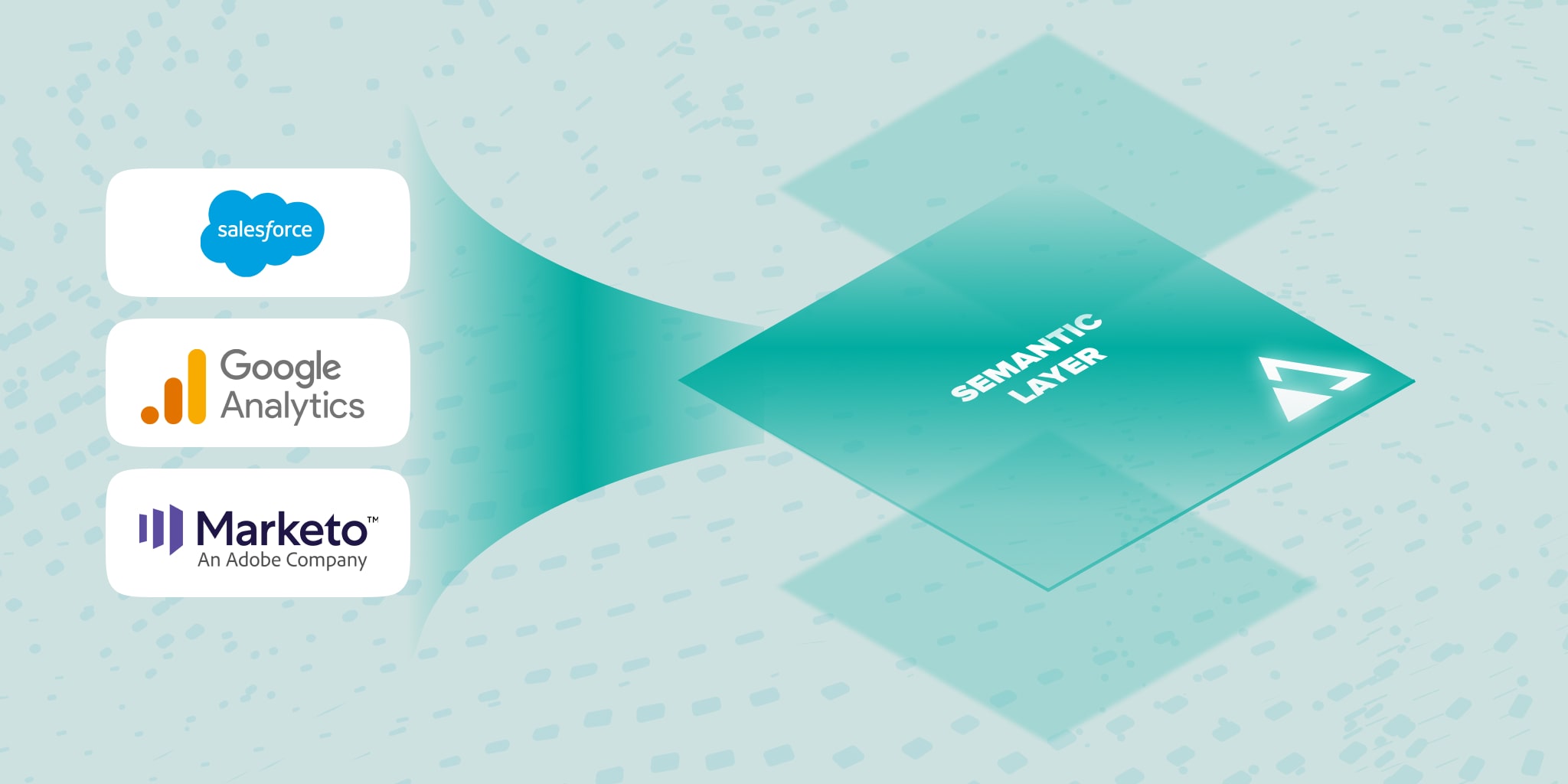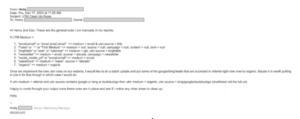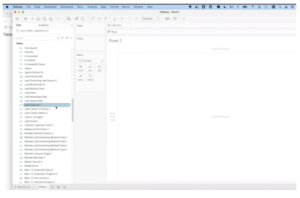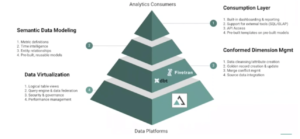March 22, 2021
How SlickDeals Leveraged a Semantic Layer to Enable Self-Service Business Intelligence
Our first webinar of 2021, co-hosted by Cat Origitano of FiveTran, a trusted AtScale technological partner, covered one the the most trending topics in the Marketing and Sales space today – “How do I blend incoming data from my MarTech application toolkit to optimize my sales and marketing channel ROI?”. In this blog post, I’ll touch on the top challenges and roadblocks, while highlighting the key webinar takeaways.
Cat started off by talking about the evolution of MarTech technology in recent years. While there were few options offering limited coverage a decade ago, there are over 8000 marketing and sales SaaS apps available in the market today. This means that data streams are multiplying in any modern organization, creating numerous data analysis bottlenecks and roadblocks.
For this webinar, the AtScale team and I were excited to engage our participants with live poll questions about their MarTech operations. Here are the results.
|
Blending Data: The Challenges
The MarTech scene is evolving fast and most modern organizations are using at least a handful of SaaS applications. But these sales and marketing applications are also generating siloed data sets that need to integrate into the organization’s data warehouse/s. This manual process creates a wide range of operational and technical problems.
Here are the top three challenges that I covered extensively in the webinar.
1. Overdependence on IT and Data Teams
Marketers and sales executives need to connect with operation teams and IT often in order to modify, manipulate, and tweak their data . This is simply because they usually don’t have the technical knowhow to model new datasets, load and format data, or link data from different data silos. These interactions are time consuming and prone to human error.
Below is an example of an email request that was made by a marketer wishing to update some marketing channel attribution rules.

This process can take hours or even days to complete and is obviously not efficient and error prone.
2. Security and Governance Issues
Multiple stakeholders need to connect to data warehouses directly using Tableau, Excel, Power BI (or similar BI tools). Data warehouse engineers and CISOs find it hard to manage policies, roles, and permissions for such a large variety of tools. This creates data security risks and introduces multiple blind spots for data governance. Monitoring access patterns and stakeholder activity creates immense operational pressure on the IT and security teams while exposing the business to unacceptable risks.
3. Accuracy Problems and Data Inconsistencies
Raw data is not for the faint of heart. A list of database tables and views can be daunting to the average business analyst. Without business friendly terms and metadata, the business analyst must become a data engineer who can join the right tables and aggregate the right columns to get what they need. This “on-the-fly” data wrangling often results in inconsistent data and redundant work across the spectrum of BI tools, reports and dashboards.

Even if you manage to overcome the technical difficulties involved in moving the data, modeling it and merging it, you may still need to deal with format inconsistencies across your SaaS applications.
Takeaways:
|
The Universal Semantic Layer and Conformed Dimensions
The Universal Semantic Layer is a unified business representation of your corporate data and business data. It eliminates the need to perform “Excel Gymnastics” and data wrangling while allowing your business analysts to blend data across your SaaS data silos like Salesforce, Google Analytics, and Marketo.
In our demo, I showed how AtScale, with the help of DBT (Data Build Tool) and FiveTran, eliminated most of the manual work mentioned above. I demonstrated how FiveTran automated and orchestrated the data extraction process and loaded our data into the BigQuery staging tables.

After we loaded data into BigQuery, I showed how we can use DBT to create a marketing channel “Conformed Dimension” that allowed us to join data across Google Analytics, Marketo and Salesforce..
| “Conformed Dimensions are a Rosetta Stone for analytics; the driving force behind AtScale’s next-gen data virtualization solution. ” – Dave Mariani. |
We combined the power of a semantic data model, conformed dimensions and intelligent data virtualization to generate “analytics ready” data without the operational and technical roadblocks that many organizations struggle with.
Takeaways:
|
FIND OUT MORE IN OUR ON-DEMAND WEBINAR
How to Understand Your Sales Channel ROI by Blending Your SaaS Data
Power BI/Fabric Benchmarks